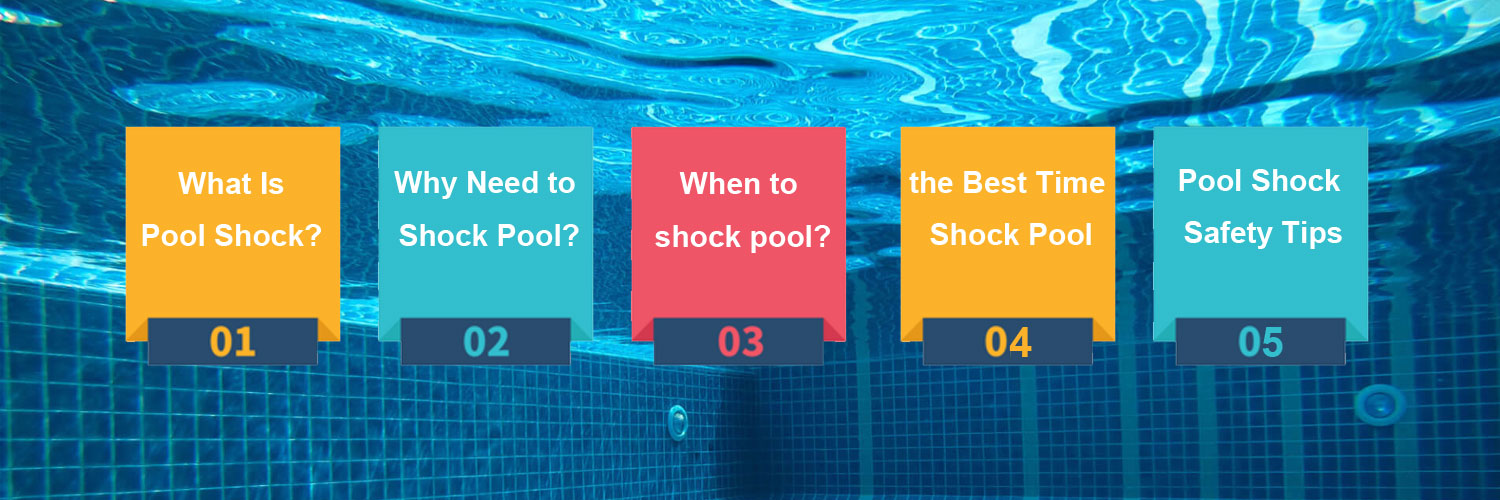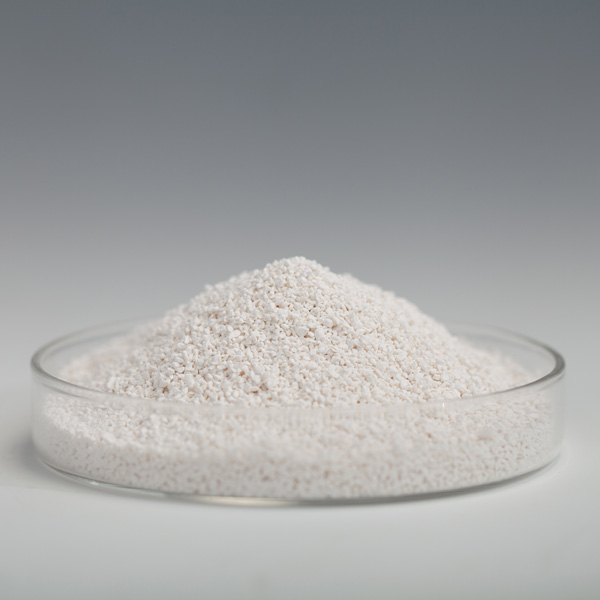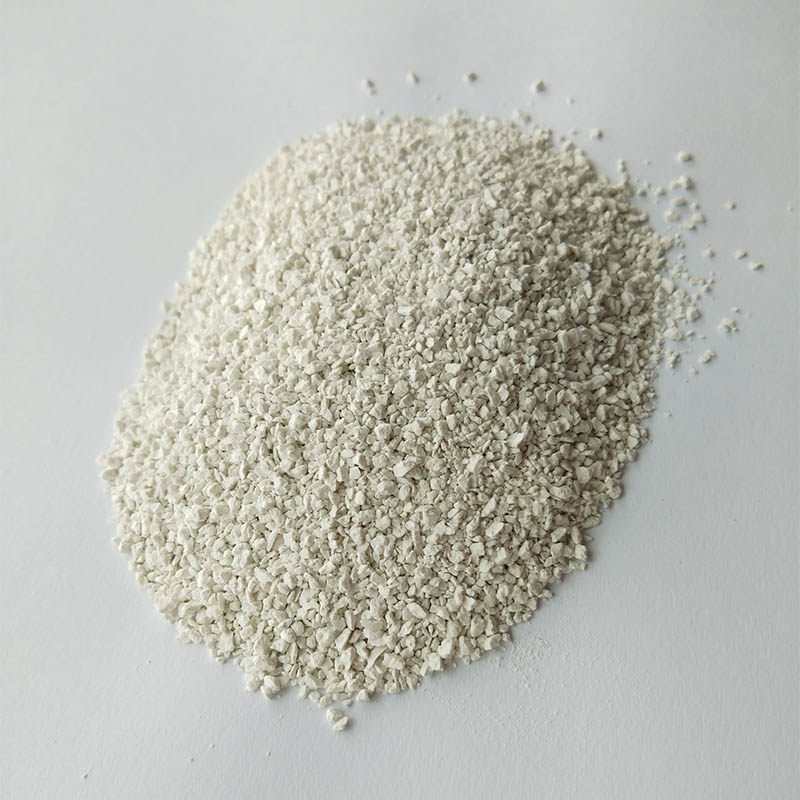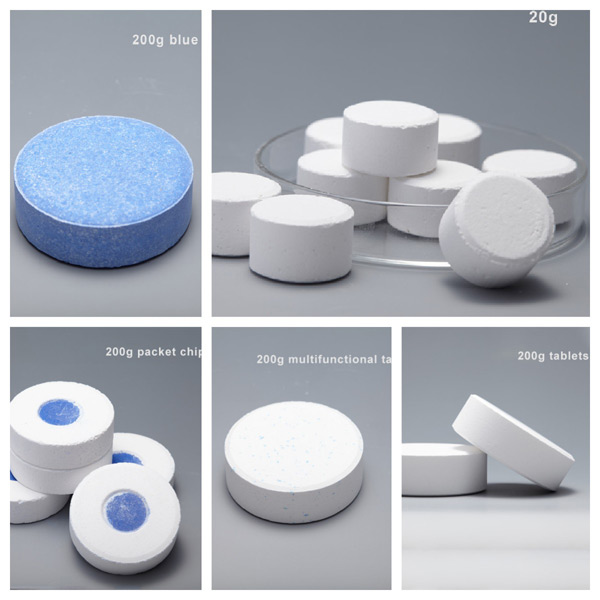Maintaining clean, clear, and safe swimming pool water is essential for both health and enjoyment. One key step in pool maintenance is pool shocking. Whether you’re a new pool owner or a seasoned pro, understanding what pool shock is, when to use it, and how to do it correctly can make a significant difference in water quality.
What Is Pool Shock?
Pool shock refers to a concentrated granular oxidizer—typically a powdered form of chlorine—used to sanitize and disinfect pool water. Pool shock is not only a noun (referring to the chemical itself) but also a verb—”to shock your pool” means adding a sufficient quantity of this oxidizer to eliminate contaminants.
There are several types of pool shocks available, including:
Calcium Hypochlorite (Cal Hypo) – strong and fast-acting, best for weekly maintenance.
Sodium Dichloroisocyanurate (Dichlor) – stabilized chlorine ideal for vinyl pools.
Potassium Monopersulfate (non-chlorine shock) – ideal for routine oxidation without increasing chlorine levels.
Why Do You Need to Shock Your Pool?
Shocking your pool is crucial for keeping water hygienic, safe, and pleasant. Over time, chlorine binds with organic contaminants—like sweat, sunscreen, urine, or debris—forming chloramines, also known as combined chlorine. These disinfection by-products (DBPs) are not only ineffective sanitizers but can cause:
Strong chlorine-like odors
Red, irritated eyes
Skin rashes or discomfort
Respiratory issues in sensitive individuals
Shocking breaks apart these chloramines and reactivates your free chlorine, restoring the pool’s sanitizing power.
When to shock your pool?
After pool construction or refilling with fresh water.
Opening the pool after the winter season.
Following heavy pool use, such as pool parties or high swimmer loads.
After algae growth or a visible water quality decline.
After heavy rains, which can introduce large amounts of organic matter.
When water temperatures are consistently high, promoting bacterial growth.
When Is the Best Time to Shock a Pool?
To maximize effectiveness and reduce chlorine loss from sunlight, the best time to shock your pool is:
In the evening or after sunset
When no swimmers are present
On a calm, non-rainy day
Sunlight degrades chlorine, so shocking at night allows the product to work undisturbed over several hours. Always use protective gear—gloves, goggles, and a mask—when handling pool shock chemicals.
How to Shock Your Pool: Step-by-Step
Clean the Pool
Remove leaves, bugs, and debris. Take out your pool vacuum or cleaner.
Test and Adjust pH Levels
Aim for a pH between 7.2 and 7.4 for optimal chlorine efficiency.
Calculate Shock Dosage
Read the product label. Standard treatment often calls for 1 lb. of shock per 10,000 gallons of water—but dosage may vary based on pool conditions.
Dissolve If Necessary
Pre-dissolve chlorine shock in a bucket of water for vinyl or painted pools to prevent staining.
Add Shock at the Right Time
Slowly pour the dissolved solution or granular shock around the pool’s perimeter after sunset.
Run the Filter System
Let the pump circulate water for at least 8 to 24 hours to distribute the shock evenly.
Brush Pool Walls and Floor
This helps remove algae and mix the shock deeper into the water.
Test Chlorine Levels Before Swimming
Wait until free chlorine levels return to 1-3 ppm before allowing anyone to swim.
Pool Shock Safety Tips
To ensure safety and maintain the effectiveness of your pool chemicals:
Always balance pH first – Keep it between 7.4 and 7.6.
Add shock separately – Do not mix with algaecides, flocculants, or other pool chemicals.
Store in a cool, dry place – Heat and humidity can cause dangerous reactions.
Use the full bag – Do not store partially used bags, which may spill or degrade.
Keep away from children and pets – Always lock away shock products.
How Often Should You Shock Your Pool?
As a rule of thumb, shock your pool once a week during the swimming season, or more frequently if:
Pool usage is high
After storms or contamination
You detect chlorine odor or cloudy water
Where to Buy Pool Shock
Looking for high-quality pool shock for residential, commercial, or industrial use? We offer a wide range of chlorine-based shock products suitable for various pool types. Whether you need Calcium Hypochlorite, Dichlor, we’re here to help.
Contact us today for expert advice, technical support, and competitive pricing.
Let us help you keep your pool crystal clear and perfectly balanced all season long!
Post time: Jul-01-2025





